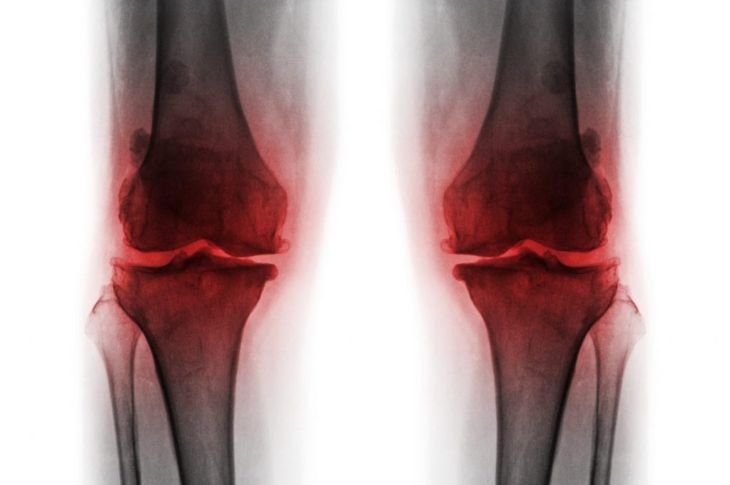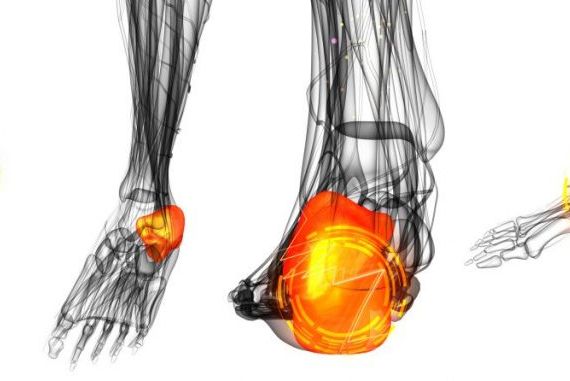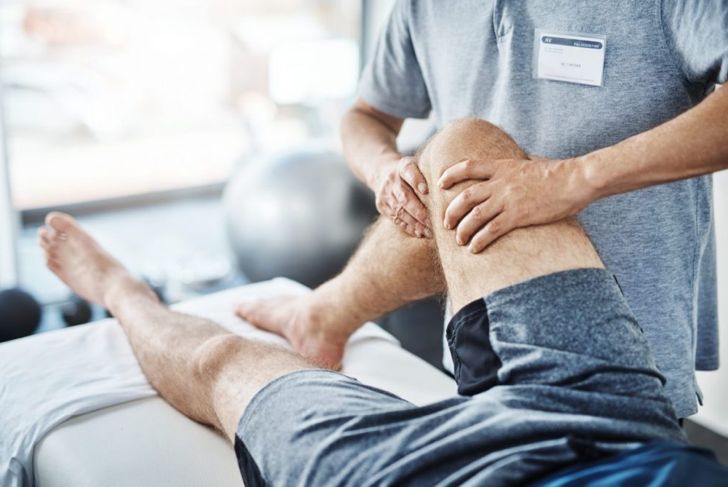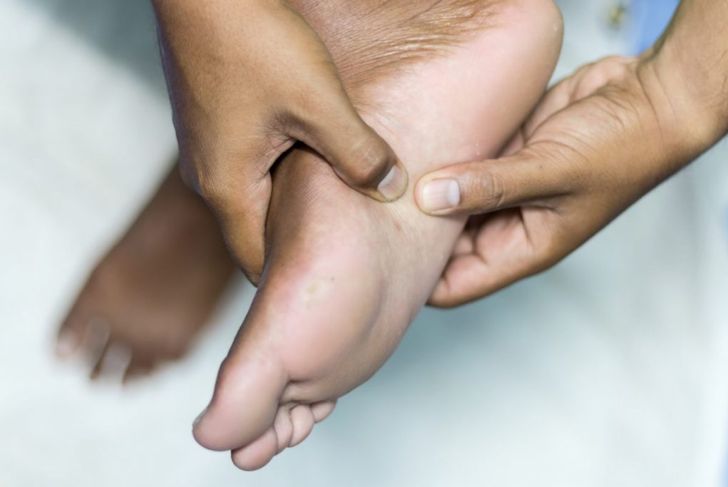Bone spurs, or osteophytes, are lumps or protrusions of bone that grow along the edges of bones or in the joints. They may also grow along the vertebrae. The most common cause of bone spurs is joint damage from osteoarthritis. Although there are some common areas where bone spurs occur, they can form on any bone or joint in the body. The growths frequently cause no symptoms, but if they do they can cause pain and affect health in a variety of ways.
Bone Spur Symptoms
Bone spurs often cause no symptoms at all. People may not realize they have bone spurs until a doctor sees them on a routine x-ray. However, some people do experience pain and restricted movement in their joints as a result of the growths. The location of the spur is a key factor in determining possible symptoms. For example, bone spurs in the hips and knees can make movement of the joint difficult. Bone spurs along the spine can encroach on the spinal cord and cause numbness or tingling in the limbs.
Common Locations
Bone spurs can develop on any bone or joint. However, they are most often found around the bones of the neck and in the joints of the knees, as well as the lower vertebrae of the spine. The fingers, big toes, feet, and heels may also be affected by bone spurs.
When to Seek Help
If the spurs are not causing pain or movement restriction, there is often no need for medical intervention. However, symptoms including swelling usually indicate a need for medical attention. Difficulty, stiffness, or pain when moving a joint should be evaluated by a doctor. Weakness, numbness, or tingling in the arms or legs can indicate spurs growing around the spine, but a doctor should rule out other serious causes.
Causes of Bone Spurs
In a healthy joint, the bone ends have a protective layer of cartilage to cushion movement. Osteoarthritis damages this cartilage. The body often grows spurs in these areas in an attempt to repair the damage. When spurs form on the vertebrae, ankylosing arthritis can be to blame. This type of arthritis only affects the bones of the spine.
Diagnosing Bone Spurs
A doctor will ask for the individual’s medical history, and about any pain or symptoms, he or she is experiencing. During a physical exam, the doctor will test the range of movement of the affected area and try to pinpoint the source of the pain. A definitive bone spur diagnosis requires an x-ray, the most accurate imaging technique for this purpose.
Pain Relief
Although bone spurs are usually painless, people may experience other discomfort caused by arthritis. If the spur is pressing on a nerve, this can also cause pain, numbness, or tingling. Painkillers can treat the discomfort. Anti-inflammatory painkillers can reduce any inflammation and swelling around the affected area. Some bone spur pain, especially in the heel, can be improved with regular ice pack applications.
Bone Spurs and Weight Loss
Losing weight will not cure bone spurs or arthritis. However, someone who is overweight or obese may find reducing his or her weight can help manage pain and discomfort, as this can help reduce the pressure on the joints. It can also help reduce any inflammation.
Surgery for Bone Spurs
These spurs usually do not need surgical removal, although it may be necessary to have surgery to treat underlying arthritis. This is more likely if the arthritis is affecting the hip or knee joints. However, in some situations, surgical management of bone spurs is necessary. If the bone spur is located on the spine and pressing into the nerves, for instance, removal is necessary. However, if the spurs prevent the normal range of movement in a joint they may also require surgery.
Treating Bone Spurs with Physiotherapy
If bone spurs are causing pain or restricted movement, another possible treatment route is physiotherapy. The therapist generally prescribes his or her clients a selection of exercises designed to strengthen the muscles around the joint and remove unnecessary pressure. Physiotherapy may also improve the range of movement in the affected joint.
Heel Spurs
The heel is a common location for bone spurs. The spur grows from the heel towards the arch of the foot and can, understandably, cause pain. A visible, bony lump may also be in evidence. Around half of the people with heel spurs experience adverse symptoms. If they are causing pain, an individual can treat heel spurs with painkillers, cold compresses, and physiotherapy. Special shoe inserts can also provide relief. As a final resort, a doctor may recommend surgery.

 Home
Home Health
Health Diet & Nutrition
Diet & Nutrition Living Well
Living Well More
More




















